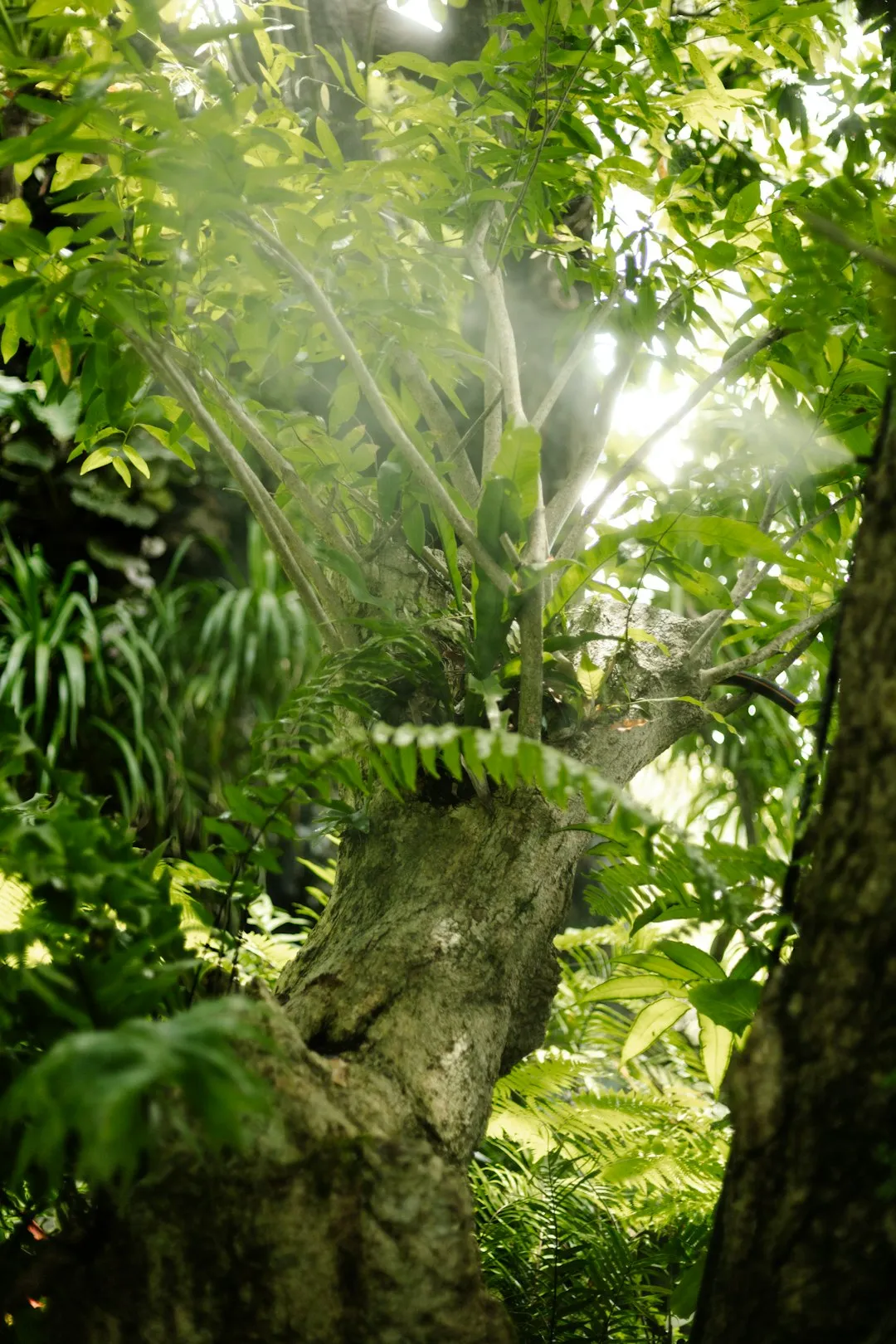The Enchanting World of Indian Grass in Your Garden

When it comes to creating a captivating garden, few elements can rival the allure of Indian grass. This remarkable plant not only adds a touch of beauty and drama to your outdoor space but also plays a crucial role in supporting local wildlife. As a perennial, Indian grass offers long - term benefits and charm that can transform your garden into a haven of natural splendor.
One of the most striking features of Indian grass is its aesthetic appeal. Its tall, slender blades sway gracefully in the breeze, creating a mesmerizing visual display. The grass typically reaches heights of 3 to 6 feet, making it an excellent choice for adding vertical interest to your garden. During the growing season, Indian grass showcases a lovely green color that provides a refreshing backdrop for other flowers and plants. As autumn approaches, the grass undergoes a stunning transformation, turning a warm golden - brown hue that adds a touch of rustic charm to the landscape.
Indian grass is also a master of creating drama in the garden. When planted in mass, it forms a sea of movement that can be both calming and invigorating. Imagine standing in your garden on a sunny day, surrounded by the gentle rustling of the grass as it dances in the wind. It's a sensory experience that can transport you to a world of tranquility and natural beauty. You can strategically place Indian grass near focal points in your garden, such as a water feature or a statue, to draw the eye and create a sense of depth and dimension.
Beyond its visual appeal, Indian grass is a vital resource for wildlife. It provides essential shelter for a variety of small animals, birds, and insects. The dense clumps of grass offer a safe haven where creatures can hide from predators, build nests, and raise their young. Many bird species, in particular, are attracted to Indian grass. They use the grass blades to construct their nests and forage for seeds and insects that live within the grass. This makes your garden a more vibrant and diverse ecosystem, teeming with life.
As a food source, Indian grass is equally important. The seeds of the grass are a valuable food for many species of birds and small mammals. In the fall, when the seeds are ripe, they become a rich source of nutrition that helps wildlife prepare for the winter months. Additionally, the insects that inhabit the grass are an important part of the food chain, providing sustenance for larger animals such as frogs and snakes.
When it comes to gardening with Indian grass, it's relatively easy to care for. It is a hardy perennial that is well - adapted to a variety of soil types and growing conditions. It prefers full sun but can tolerate some shade. Once established, Indian grass is drought - tolerant, making it a great choice for water - wise gardens. You can plant Indian grass in the spring or fall, and it will quickly establish itself in your garden. Regular pruning in the late winter or early spring will help keep the grass healthy and looking its best.
To incorporate Indian grass into your garden, you can plant it in borders, meadows, or as a standalone specimen. It pairs well with a variety of other perennials, such as coneflowers, black - eyed Susans, and butterfly weed. The combination of different colors, textures, and heights will create a dynamic and visually appealing garden. You can also use Indian grass to create a natural privacy screen or to define different areas of your garden.
In conclusion, Indian grass is a true gem in the world of gardening. Its ability to add beauty and drama to your garden while supporting wildlife makes it an invaluable addition to any outdoor space. Whether you're an experienced gardener or just starting out, consider adding Indian grass to your garden. You'll be rewarded with a landscape that is not only visually stunning but also a thriving ecosystem that benefits both you and the environment.